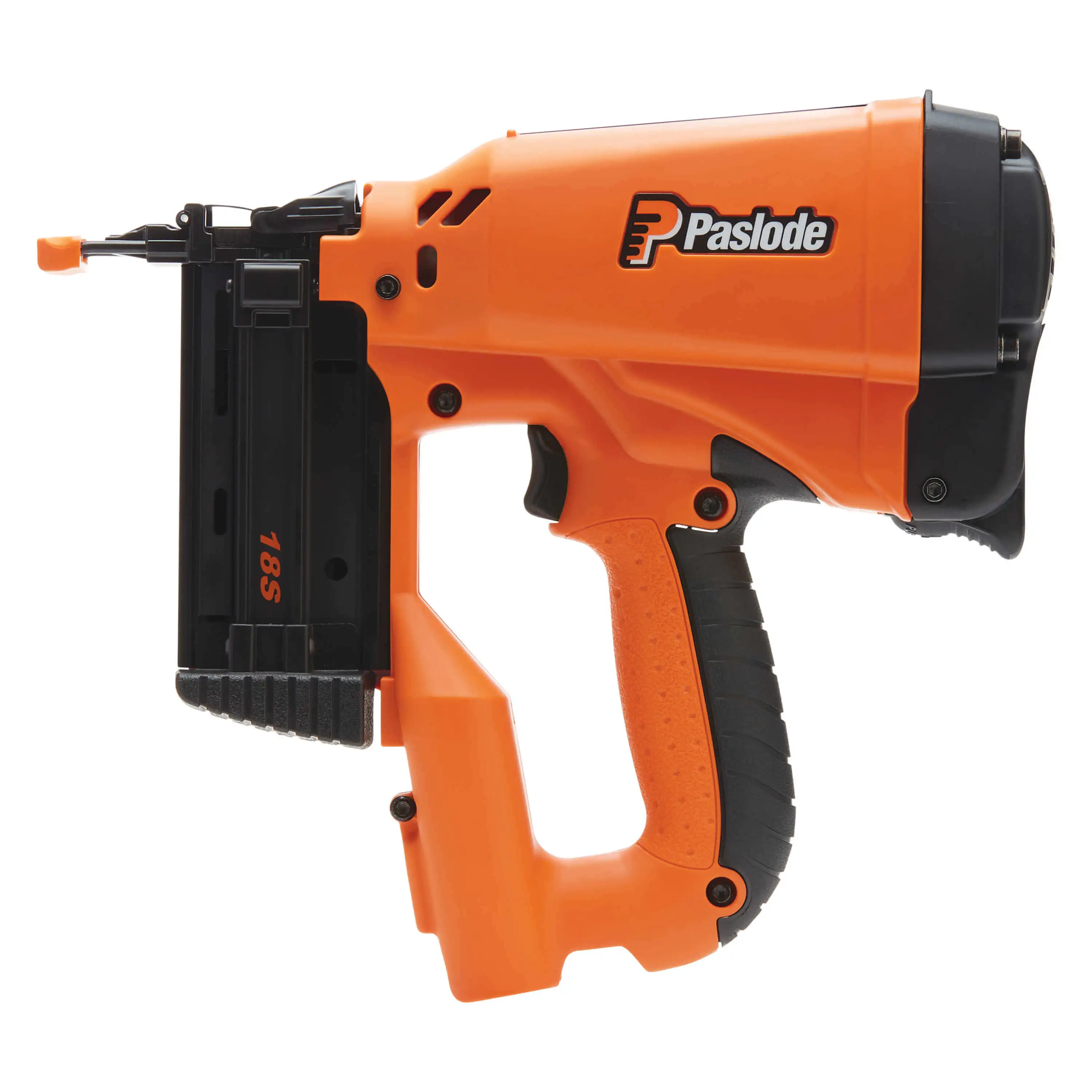Framing Nailer vs Brad Nailer : Differences and Which One to Buy
Nailers have revolutionized the construction and woodworking industry, making tasks faster, more efficient, and precise. While claw hammers have been the traditional tool for driving nails, modern power tools like framing nailers and brad nailers have become the go-to choice for professionals and DIY enthusiasts alike.
If you’re wondering which tool to pick for your project or what makes framing nailers different from brad nailers, this guide breaks it all down in simple terms. From their applications to their advantages and drawbacks, you’ll get all the insights needed to choose the right nailer for the job.
What Are Framing Nailers and Brad Nailers?
Framing Nailers
Framing nailers are heavy-duty tools designed for construction and large-scale projects. They’re powerful enough to drive thick nails into sturdy materials like wooden studs, framing timbers, and thick plywood.
These tools are essential for building the skeleton of a structure, such as walls, roofs, and decks. They use large nails, ranging from 1-1/4 inches to 3-1/2 inches long, making them ideal for tasks that require high strength and durability.
Power Sources for Framing Nailers:
- Pneumatic (air-powered): Uses compressed air.
- Corded electric: Plugged into a power source.
- Cordless electric: Battery-powered for portability.
- Gas-powered: Uses compressed fuel.
- Powder-actuated: Uses gunpowder for extreme power.


Brad Nailers
Brad nailers are specialized tools for precision and detailed work. They are used for light woodworking tasks where smaller nails (called brad nails) are sufficient. Brad nails are 18-gauge, thin, and less noticeable, making them perfect for delicate tasks like trim work, furniture finishing, and baseboard installation.
Unlike framing nailers, brad nailers lack the strength to hold thick or heavy materials together. For this reason, they are often paired with wood glue for added support.
Key Features of Brad Nailers:
- Compact and lightweight.
- Uses smaller nails (1/2 inch to 2 inches long).
- Ideal for avoiding wood splitting or damage.

Applications of Each Tool
When to Use a Framing Nailer:
- Building frames for walls and roofs.
- Constructing decks, sheds, or garages.
- Installing fencing or subflooring.
- Heavy-duty projects requiring thick nails.
When to Use a Brad Nailer:
- Adding finishing touches to furniture.
- Installing decorative molding and trim.
- Securing window and door frames.
- Paneling and light woodworking projects.
Framing Nailer vs. Brad Nailer: Key Differences
| Feature | Framing Nailer | Brad Nailer |
|---|---|---|
| Nail Size | Large (8-12 gauge; 1-1/4″ to 3-1/2″) | Small (18 gauge; 1/2″ to 2″) |
| Power | High-power, for heavy-duty tasks | Low-power, for delicate jobs |
| Weight | Bulky and heavier | Lightweight and compact |
| Accuracy | Focused on strength, not precision | High precision for detailed work |
| Applications | Framing, roofing, subflooring | Trims, furniture finishing, baseboards |
| Power Options | Pneumatic, electric, gas, powder-actuated | Pneumatic, cordless electric |
| Cost | $100-$300+ depending on type | $120-$200+ depending on type |
Advantages and Disadvantages
Framing Nailers
Pros:
- Extremely powerful and fast.
- Handles large nails for structural integrity.
- Suitable for a wide range of heavy-duty projects.
Cons:
- Heavy and bulky to use.
- Overpowered for small or delicate tasks.
Brad Nailers
Pros:
- Lightweight and easy to handle.
- Perfect for precision tasks without damaging wood.
- Creates clean, inconspicuous nail holes.
Cons:
- Cannot handle heavy-duty tasks.
- Often requires glue for additional strength.
How to Choose Between a Framing Nailer and a Brad Nailer
Type of Project:
- For large-scale construction (walls, roofs, decks): Choose a framing nailer.
- For finishing touches (trims, furniture): Go for a brad nailer.
Material Thickness:
- Thick materials like timber and studs require a framing nailer.
- Thin or delicate materials like plywood and MDF need a brad nailer.
Frequency of Use:
- For regular, heavy-duty use, invest in a framing nailer.
- For occasional light woodworking, a brad nailer is sufficient.
Budget:
- Consider your budget, as framing nailers are generally more expensive due to their power and size.
Conclusion: Which One Should You Buy?
The choice between a framing nailer and a brad nailer depends on your specific needs.
- If you’re working on construction or large projects, a framing nailer is indispensable. It handles big nails and tough jobs effortlessly.
- For fine woodworking or finishing tasks, a brad nailer is the better choice. Its precision ensures your projects look polished and professional.
For versatile projects, consider investing in a combo kit that includes both a framing nailer and a brad nailer. This way, you’ll have the right tool for any task, whether it’s building a shed or adding decorative trim to furniture.
FAQs
1. Can a brad nailer be used for framing?
No, brad nailers lack the power and nail size required for framing tasks.
2. Are framing nailers only for professionals?
Not at all! DIYers can also use framing nailers for home projects like building decks or garages.
3. Do brad nailers leave visible holes?
Brad nailers leave tiny holes that are often invisible and require minimal finishing.
4. Can I use glue with a brad nailer?
Yes, combining brad nails with wood glue provides extra strength for delicate materials.







